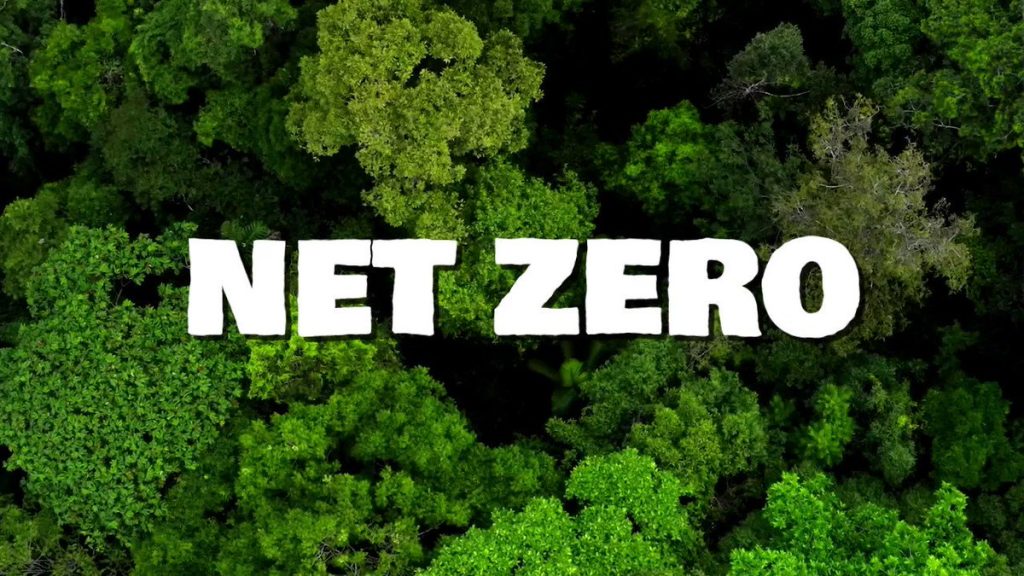NZAOA outlined six strategic actions to unlock $1.3 trillion in annual private climate finance by 2035.
Institutional investors managing $9.2 trillion back the roadmap, with a focus on catalytic capital, blended finance, and regulatory reform.
Multilateral development banks must increase private capital mobilization from a current 0.5:1 to 5:1 ratio to meet targets.
Mobilizing $1.3 trillion in annual climate finance by 2035 is no longer aspirational—it’s essential. The Net-Zero Asset Owner Alliance (NZAOA), a coalition of 86 institutional investors with $9.2 trillion in assets under management, presented a strategic investor-focused roadmap during a stakeholder consultation on the Baku to Belem process.
Erich Cripton, representing La Caisse (formerly CDPQ) and Co-Lead of the NZAOA Policy Track, briefed the UNFCCC Secretariat and the COP29 and COP30 presidencies in Bonn, emphasizing the roadmap’s core objective: enabling large-scale mobilization of private capital for climate action.
“Our role is to help unlock capital at scale by leveraging existing tools, reducing friction, and working across public and private sectors,” said Cripton during the June Climate Sessions.
Six Priorities to Mobilize Capital
Cripton laid out six key strategies that form the foundation of the Baku to Belem Roadmap:
Catalytic Capital Deployment:
Increasing the availability of catalytic capital from both public and private sources is essential. These investments, which accept higher risks or lower returns to crowd in private funding, require streamlined application and reporting processes.
“Catalytic capital can be a powerful co-investment force—if we reduce the friction that currently holds it back,” Cripton stated.
Standardizing Blended Finance Vehicles:
While blended finance has been effective in de-risking projects, high transaction costs and complexity remain barriers. NZAOA calls for standardizing instruments and structures to lower costs and improve scalability.
Scaling Bankable Projects:
A lack of investable pipelines in emerging markets poses a critical bottleneck. NZAOA advocates for expanding project pipelines and offering technical support to de-risk early-stage initiatives.
MDB Mobilization Must Scale Up:
Multilateral development banks currently mobilize just $0.50 of private capital per $1 on their balance sheets. That ratio must rise to 5:1 by 2035. Cripton urged MDBs to shift operational frameworks to focus on co-investment and partnerships.
Enhancing Data Transparency:
“Misinformed risk perceptions inflate the cost of capital,” Cripton noted. Improving data access—through tools like the GEMs database—and increasing transparency from MDBs and private actors can lower real and perceived investment risk in emerging markets.
Regulatory Reform for Institutional Investors:
Current prudential regulations often discourage long-term investment in illiquid assets. Cripton called on policymakers to revise frameworks that unintentionally restrict climate-aligned investment.
“Institutional capital is available—but regulations must evolve to allow it to flow where it’s needed most,” he said.
RELATED ARTICLE: Net-Zero Asset Owner Alliance Calls For Mandatory Scope 3 Disclosure
Leveraging Existing Insights
Cripton stressed the importance of integrating established contributions into the roadmap, including the Call to Action for Policymakers on Private Capital Mobilization released at COP29, case studies from New York Climate Week, and B20 Taskforce recommendations to the Brazilian G20 presidency.
“These insights already provide a strong evidence base. Let’s use them to build momentum rather than starting from scratch,” he said.
A Collaborative Path Forward
The NZAOA reaffirmed its commitment to working as a proactive partner throughout the Baku to Belem Roadmap and COP30 processes.
“Achieving $1.3 trillion annually in private climate finance is entirely feasible—if we align incentives, reduce friction, and act collectively,” Cripton concluded.
With institutional investors, development banks, and governments aligned around a unified roadmap, the transition from vision to action is well underway.
Follow ESG News on LinkedIn

